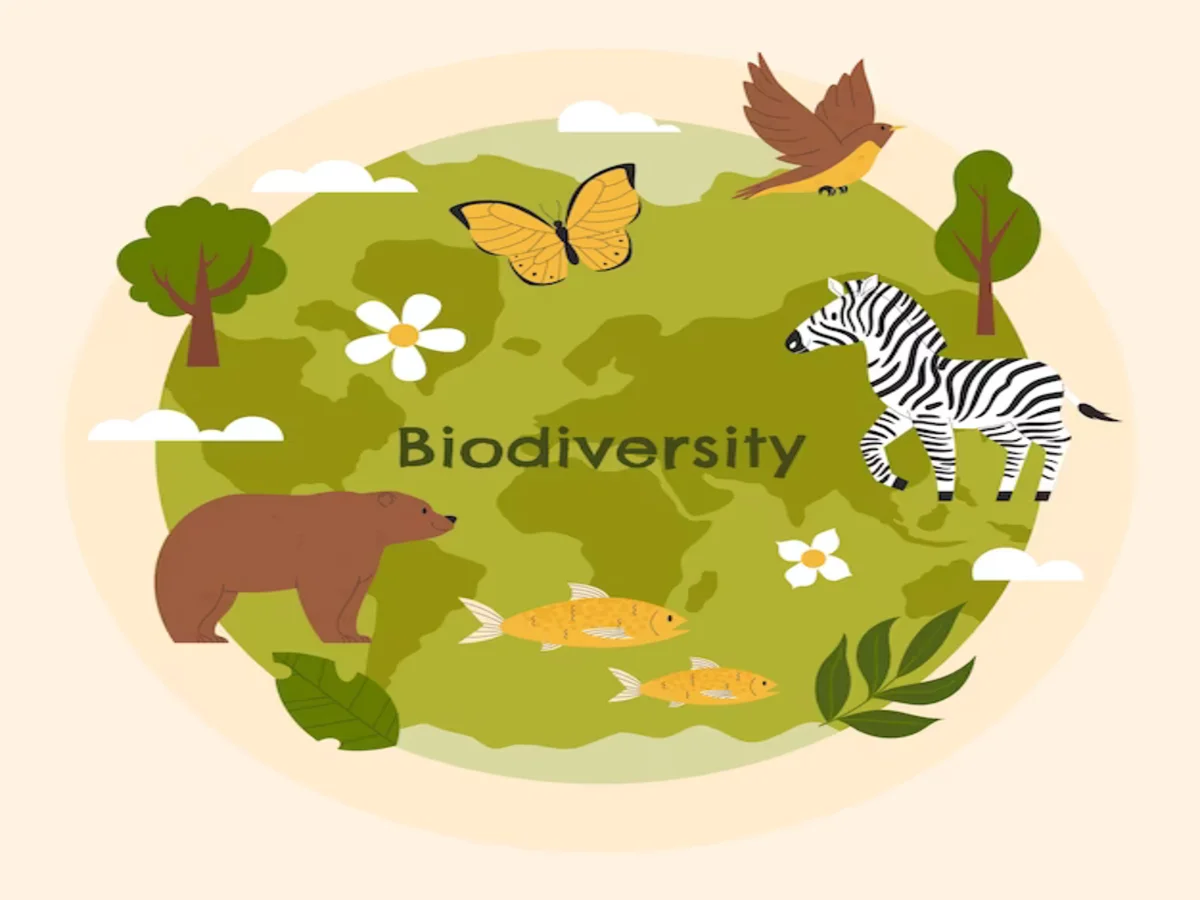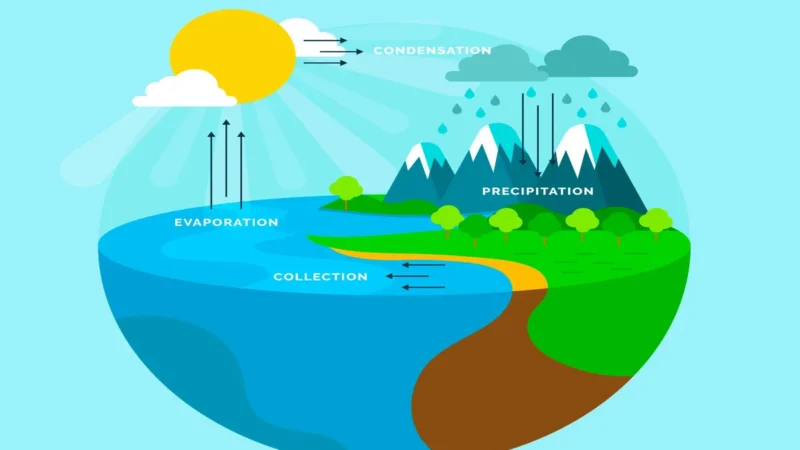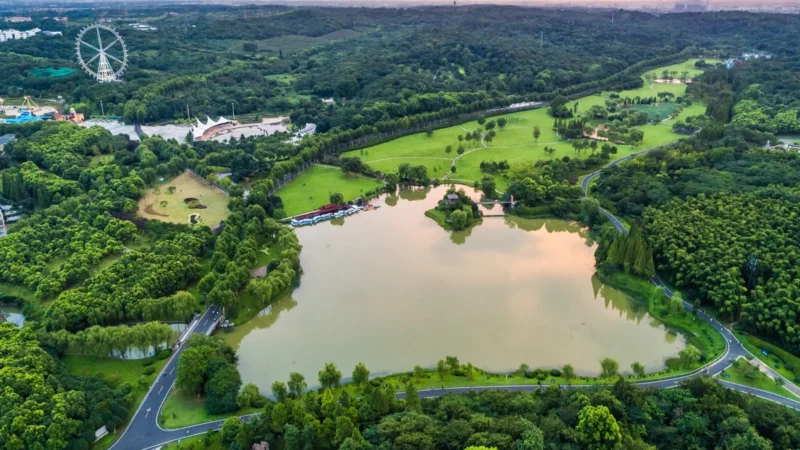Biodiversity Protection: Balancing Human Activities and Ecosystem Health

Biodiversity, the rich variety of life on Earth, is crucial for the health and stability of ecosystems. However, rapid urbanization, industrialization, deforestation, and other human activities have significantly impacted biodiversity. To ensure a sustainable future, it’s essential to strike a balance between human activities and the health of ecosystems. This article explores the challenges posed by human actions, strategies for biodiversity protection, and the importance of maintaining this delicate equilibrium.
1.The Challenge: Human Impact on Biodiversity
Human activities have led to habitat destruction, pollution, climate change, and the introduction of invasive species, all of which have dire consequences for biodiversity. These actions disrupt ecosystems, endanger species, and compromise the services they provide, such as pollination, water purification, and climate regulation. It’s evident that finding a way to harmonize human needs and ecosystem health is imperative.
2.Ecosystem Services
Ecosystems offer a range of services that are vital to human well-being. These include provisioning services like food, water, and resources; regulating services such as climate control and disease regulation; cultural services like recreation and spiritual value; and supporting services like nutrient cycling. The degradation of biodiversity directly impacts these services, highlighting the interconnectedness between human activities and ecosystem health.
3.Strategies for Biodiversity Protection
Protected Areas and Reserves: Establishing protected areas, such as national parks and wildlife reserves, helps preserve crucial habitats for various species. These zones provide safe havens where ecosystems can recover and thrive without human interference.
Sustainable Land Use: Adopting sustainable farming, forestry, and urban planning practices can minimize the impact of human activities on biodiversity. Implementing agroforestry, crop rotation, and responsible development can help maintain ecosystem health.
Habitat Restoration: Restoring degraded habitats involves reintroducing native plants, removing invasive species, and creating suitable conditions for the return of native wildlife. This practice promotes biodiversity recovery in areas affected by human disturbances.
Education and Advocacy: Raising awareness about the importance of biodiversity and its connection to human well-being can encourage responsible behavior and policy changes. Engaging communities and advocating for conservation efforts can amplify the impact of protection initiatives.
4.Balancing Act: Achieving Coexistence
The key to effective biodiversity protection lies in finding ways for humans and ecosystems to coexist harmoniously. This involves integrating conservation principles into various sectors, from agriculture and industry to urban planning and policy-making. Sustainable development practices prioritize both human needs and environmental health, fostering a more resilient and balanced planet.
we can conclude this, Biodiversity protection is not just an ecological issue; it’s a matter of securing a future where humans and nature thrive together. By acknowledging the impact of human activities on ecosystems and implementing strategies that prioritize conservation, we can strike the delicate balance needed to preserve biodiversity. Through sustainable practices, education, and a shared commitment to a healthier planet, we can safeguard biodiversity for generations to come.
FAQs
1. Why is biodiversity important for us?
Biodiversity is vital for maintaining healthy ecosystems, which in turn provide essential services for human well-being. Ecosystems offer benefits such as clean air and water, food production, disease regulation, and climate control. Biodiverse ecosystems are more resilient and better equipped to adapt to changes, ensuring a sustainable environment for current and future generations.
2. How do human activities threaten biodiversity?
Human activities like deforestation, pollution, urbanization, and overfishing lead to habitat destruction and degradation. This disrupts ecosystems, displaces species, and weakens the delicate balance that biodiversity maintains. Invasive species introduced by human actions can also outcompete native species and further harm ecosystems.
3. What can I do to protect biodiversity in my daily life?
You can make a positive impact by adopting sustainable practices. Reduce your carbon footprint by conserving energy and using public transport. Support local and sustainable food sources to decrease the demand for habitat-destructive practices like deforestation. Avoid single-use plastics, recycle, and participate in local conservation efforts or clean-up initiatives.
4. How do protected areas help preserve biodiversity?
Protected areas, such as national parks and wildlife reserves, play a crucial role in biodiversity preservation. These designated zones provide safe havens for diverse species to thrive without human interference. By preserving intact habitats, these areas allow ecosystems to recover, maintain their natural balance, and support a variety of plant and animal life.
5. Is it possible to achieve a balance between development and biodiversity conservation?
Yes, achieving a balance between development and biodiversity conservation is possible through sustainable practices. Responsible urban planning, adopting eco-friendly technologies, and integrating conservation principles into various sectors can minimize negative impacts on ecosystems. By valuing both economic growth and environmental health, we can ensure a future where both humans and nature thrive.


